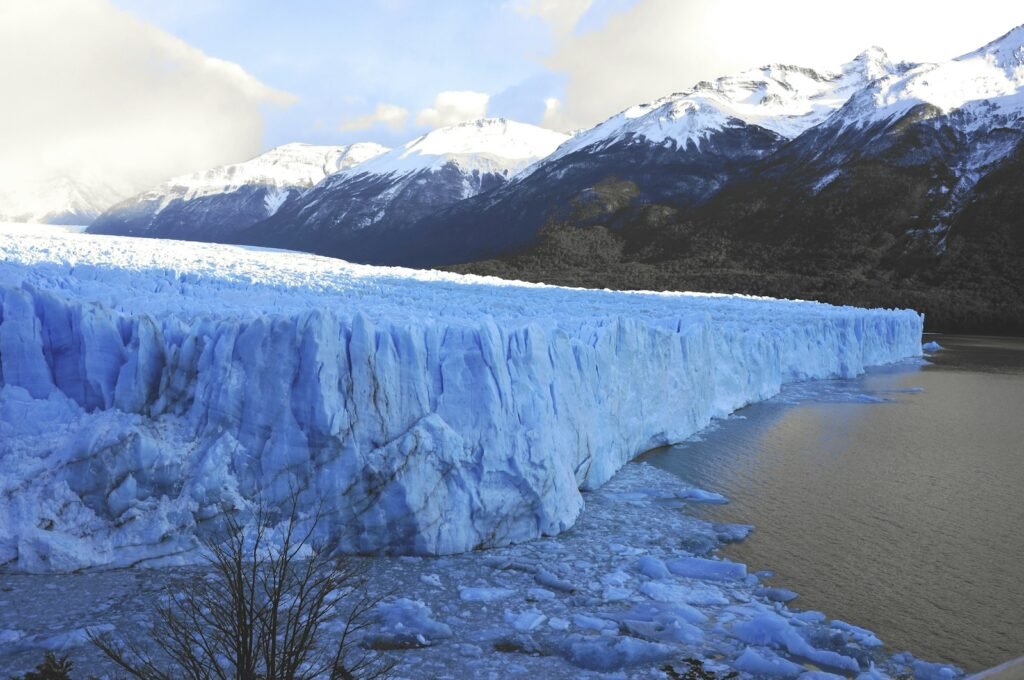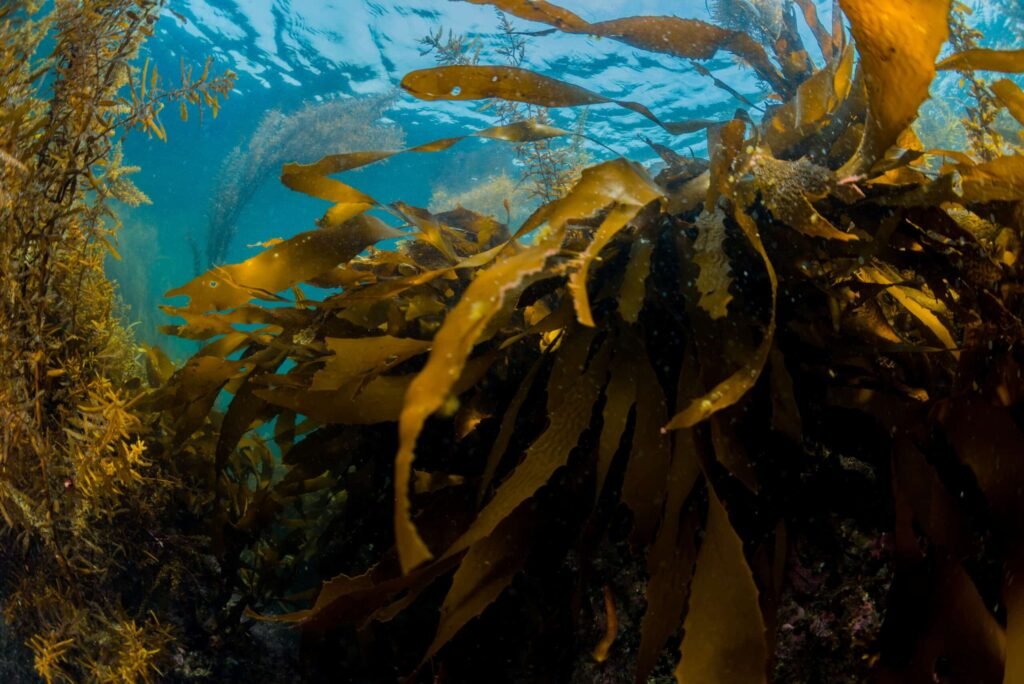Alaska’s ice is alive with sound – a low, thrumming chorus that rises with summer melt and quiets when winter clamps down. These are seismic “songs,” tiny vibrations from water rushing under ice, walls cracking, and icebergs breaking free. Once dismissed as background noise, they’re now a real-time climate signal scientists can read like a cardiogram. And the message is urgent: the rhythm of the glaciers is speeding up, and with it the story of a warming world and the hazards it brings.
The Hidden Clues

Here’s the startling part: the loudest voice in this chorus often isn’t a dramatic icequake but the hushed roar of meltwater surging through tunnels beneath the ice. That turbulent flow rattles the bed, jostles boulders, and shakes valley walls, creating a steady tremor in the range human ears can’t hear but seismometers can. Think of it as listening to a river through the ground – the stronger the current, the more the land itself hums. In coastal fjords, that pulse merges with the percussive thuds of calving icebergs and the fizz of bubble-rich ice melting underwater. Each process has its own tone and tempo, so together they form a layered soundtrack that changes hour by hour.
The first time I heard a sped-up version of this data, it felt like standing beside a hidden subway line, trains roaring past on a schedule set by the Sun. On hot afternoons, the “music” swells as surface meltwater dives to the bed; at night, it calms. That daily cycle – rising with warmth, sinking with chill – is the fingerprint of climate pressed straight into the rock.
From Ancient Tools to Modern Science

Seismometers were invented to track earthquakes, but glaciologists in Alaska began planting them near tidewater glaciers and noticed something odd: background tremor pulsed in step with melt. Studies at places like Mendenhall and Yahtse Glaciers showed that the strength of this tremor rises and falls with subglacial discharge, effectively turning the ground into a flowmeter. Importantly, the signal’s timing can reveal how quickly meltwater finds efficient channels under ice – a seasonal shift that shapes how fast glaciers slide and how rapidly their ocean fronts melt. What once was “noise” became a diagnostic tool, offering a direct line to processes too dark and dangerous to measure by hand.
Today the toolkit is expanding. Classic three-component seismometers now share the stage with dense arrays of cheap “nodes,” ocean hydrophones for underwater crackle, and even fiber-optic cables that act as thousands of sensors using distributed acoustic sensing. Together, they sharpen the ear of science, letting researchers parse icequakes from melt tremor, and short-lived bursts from long, rolling hums.
The Mechanics of a Glacier’s Voice

Different glacier sounds point to different physics. Low-frequency, nearly continuous tremor often signals turbulent water under pressure, grinding sediment along the bed. Mid-frequency pops can mark crevasses snapping open as the ice stretches and thins. Sharp, high-amplitude jolts usually betray calving – the moment a berg frees itself from the face and the fjord answers with a boom. Underwater, melting ice releases tiny air bubbles trapped for centuries; the resulting crackle can rise and fall with ablation rates at the terminus.
In other words, the “song” is not one note but a full arrangement. By tracking which instruments get louder – the steady drum of water flow, the snare hits of icequakes, the fizz of melt – scientists infer what’s changing in and around the glacier. It’s like identifying rain, wind, and footsteps just by listening to a rooftop.
Real-Time Warnings in a Warming State

Because seismic signals stream continuously, they reveal changes as they happen, not weeks later after a satellite pass or a field visit. On hot spells, tremor can climb quickly, flagging intense melt and a surge in subglacial flow. When meltwater overwhelms drainage, pressure spikes and the glacier may slip, producing bursts of icequakes that ripple across regional networks. And in some valleys, these ears on the ground provide early clues of outburst floods – sudden releases from dammed lakes that can threaten trails, roads, and homes downstream.
Consider the practical advantages:
– Signals arrive through clouds and darkness, all year long.
– Remote instruments keep listening when storms shut down fieldwork.
– Multiple sensors along a fjord can pinpoint where water jets and melt are most vigorous.
This isn’t just monitoring for its own sake; it’s a way to turn ambient shudder into actionable information for communities and managers.
Why It Matters

Traditional glacier measurements each excel at part of the picture. Satellites track area and elevation change, GPS watches motion at a few precise points, and cameras catch calving fronts on clear days. Seismic listening, by contrast, hears the hidden plumbing and the hard-to-reach terminus, making it the missing layer that links surface heat to basal flow and fjord melt. That linkage is crucial for sea-level projections, because water under and around the ice controls both sliding toward the ocean and how fast the ocean eats back the front.
There’s also risk on human timescales. A spike in tremor tied to subglacial discharge can accompany rapid drainage from a pocket lake, while a shift toward energetic calving can herald unstable cliffs of ice. In a state where tourism boats swing close to blue walls and towns sit beneath glacier-dammed basins, those nuances aren’t academic. They’re the difference between surprise and forewarning.
Global Perspectives

Alaska isn’t alone in hearing ice. In Greenland’s deep fjords, calving and submarine melt produce powerful seismic and acoustic signatures that travel for miles. In Antarctica, broad ice shelves can resonate like immense wind instruments, their surfaces vibrating with storms and subtle changes to snow and firn. Elsewhere, mountain glaciers in the Alps and Andes hum with seasonal melt that maps the opening and closing of subglacial channels over a summer.
What ties these places together is physics. Turbulent water shakes rock, cracking ice radiates sharp waves, and melting bubbles fizz underwater regardless of latitude. But geography matters: narrow Alaskan fjords concentrate energy, steep valleys route abrupt floods, and tidal cycles can modulate the daily soundtrack. The global chorus is diverse, and that diversity helps cross-check methods and models developed in one region against another.
The Future Landscape

Next-generation listening is coming fast. Fiber-optic cables along roads, docks, and shorelines can double as seismic arrays, turning existing infrastructure into climate sensors. Machine-learning tools are already separating overlapping signals – teasing apart the hum of water from the clatter of rockfall and the crack of ice – and linking them to weather and ocean conditions. Low-power nodes, solar-hardened for Arctic winters, promise multi-year deployments that span entire fjords.
Challenges remain. Remote systems need reliable power and data links, harsh storms can damage gear, and shipping noise or construction can mask faint signals. Yet the payoff is big: a real-time dashboard for ice–ocean interaction that feeds better flood warnings, safer boat operations, and tighter sea-level forecasts. If we can keep listening, we can keep learning – at the pace the climate is changing, not years behind it.
Conclusion

You don’t need a lab to help. Support local science programs that maintain monitoring stations, and back community groups advancing flood preparedness in glacier-fed watersheds. When visiting tidewater glaciers, follow distance rules for boats and beaches; a single calving event can send a hazardous wave farther than you’d expect. At home, treat this story as a nudge to curb emissions where you can – efficiency upgrades and cleaner commutes are the quiet notes that add up.
If you’re curious, explore public seismic and hydrophone projects that share sounds from the field, and bring that wonder into classrooms and conversations. The glaciers are singing, and for now we still have time to listen – and to act. What part of the song do you hear most clearly?

Suhail Ahmed is a passionate digital professional and nature enthusiast with over 8 years of experience in content strategy, SEO, web development, and digital operations. Alongside his freelance journey, Suhail actively contributes to nature and wildlife platforms like Discover Wildlife, where he channels his curiosity for the planet into engaging, educational storytelling.
With a strong background in managing digital ecosystems — from ecommerce stores and WordPress websites to social media and automation — Suhail merges technical precision with creative insight. His content reflects a rare balance: SEO-friendly yet deeply human, data-informed yet emotionally resonant.
Driven by a love for discovery and storytelling, Suhail believes in using digital platforms to amplify causes that matter — especially those protecting Earth’s biodiversity and inspiring sustainable living. Whether he’s managing online projects or crafting wildlife content, his goal remains the same: to inform, inspire, and leave a positive digital footprint.




